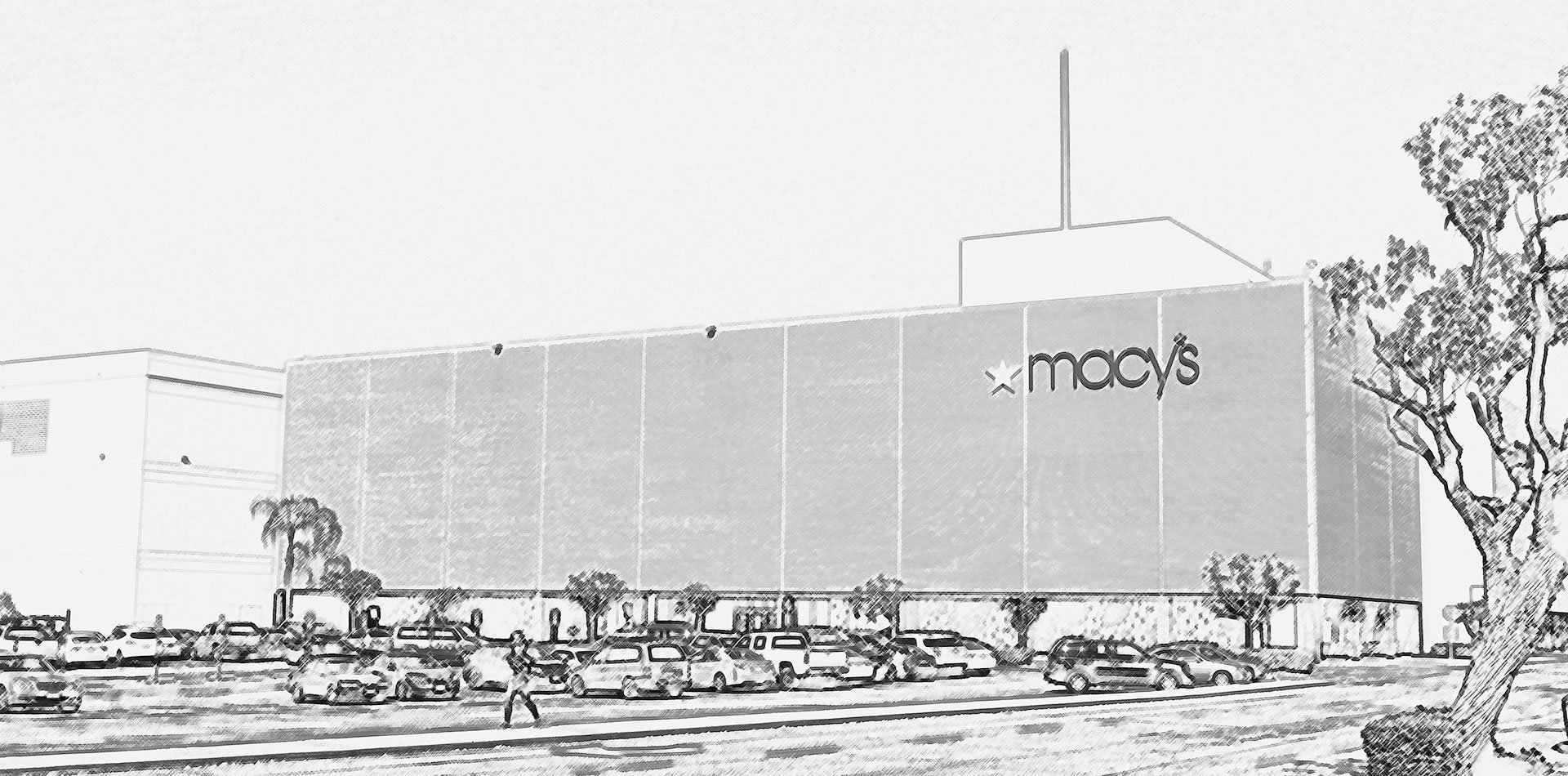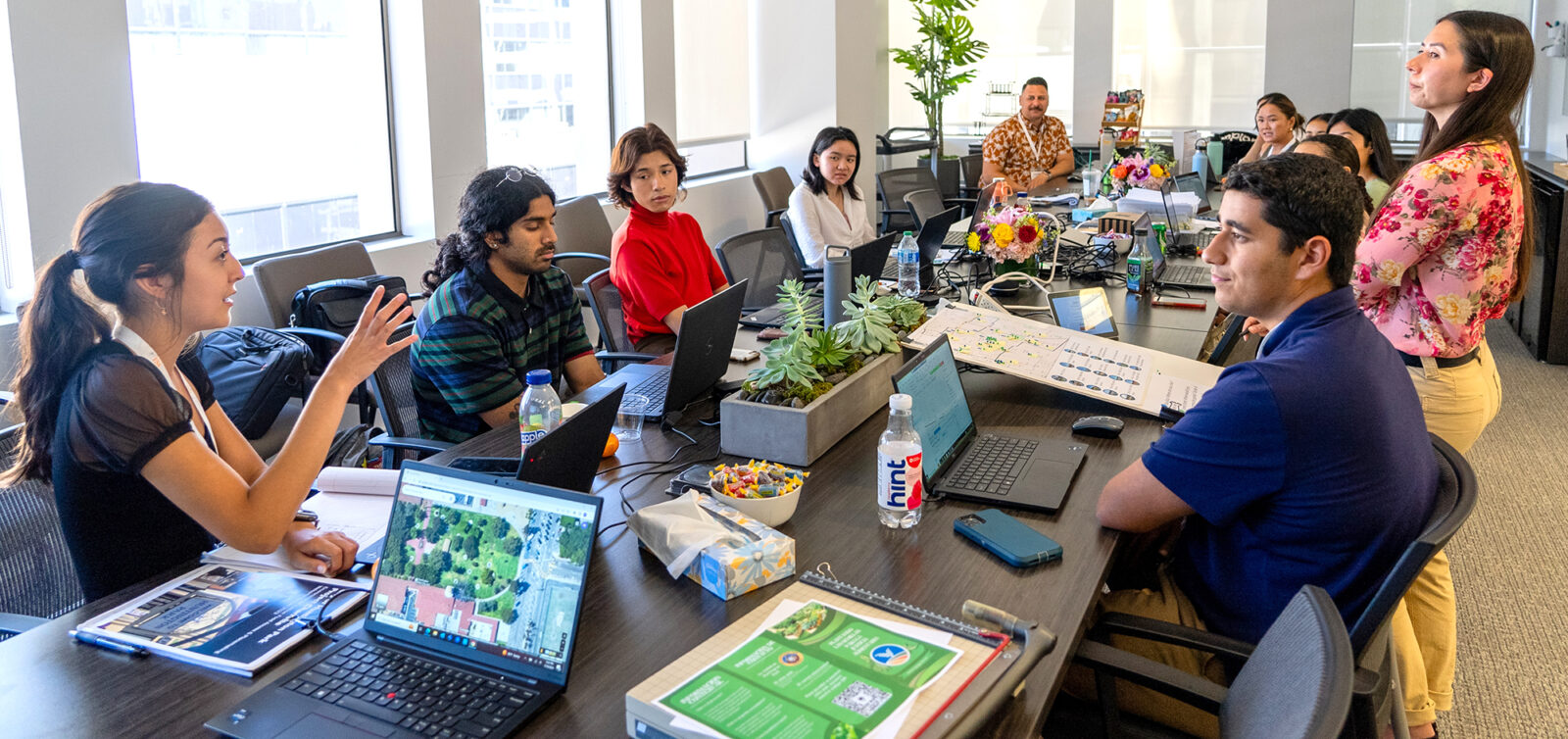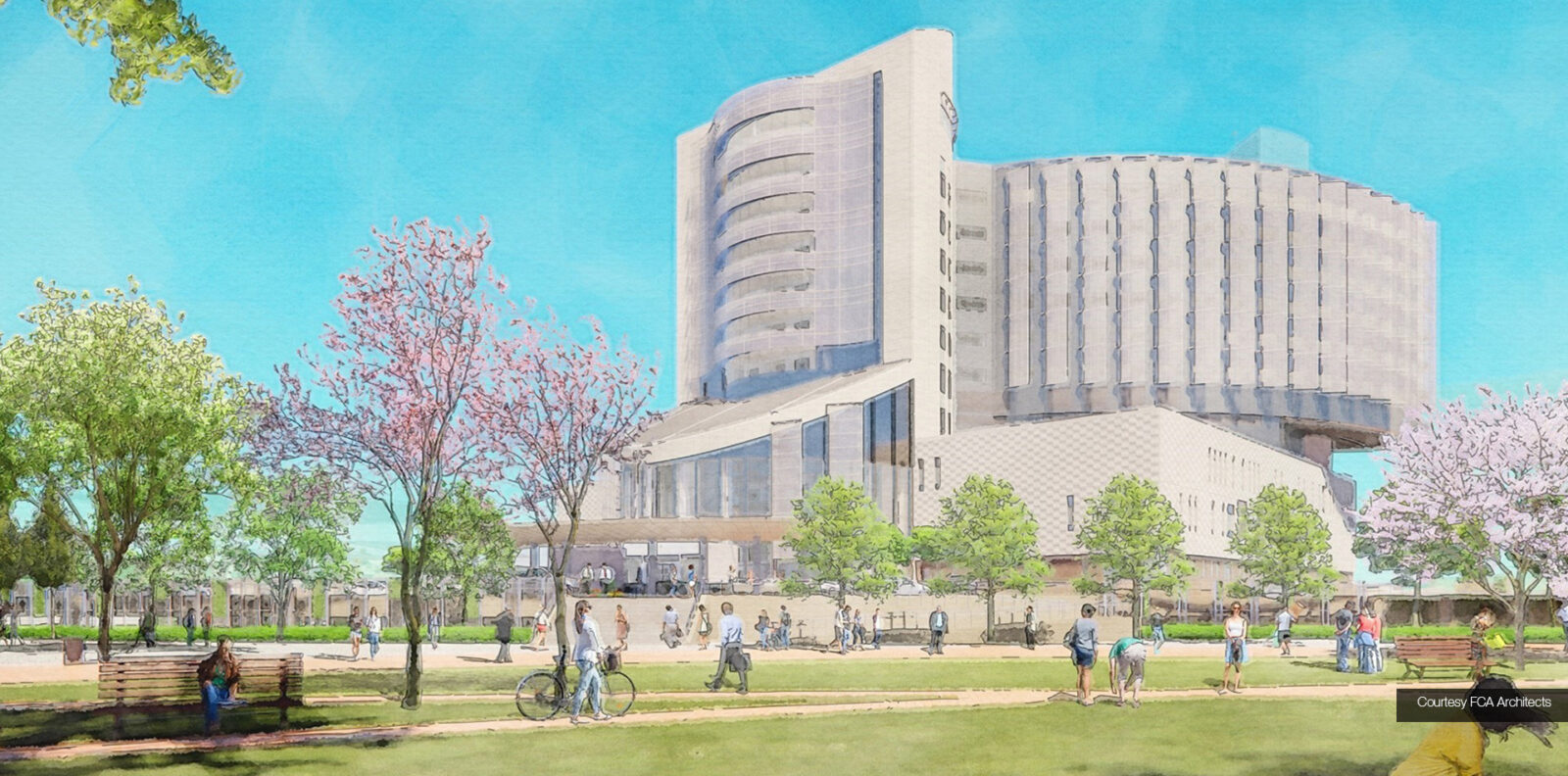Since 2013, e-commerce retail sales have been creeping up from 7 percent to 10 percent in the United States, and that number is expected to reach almost 14 percent by 2021.
While not a staggering statistic (considering the amount of business and personal shopping most of us do online on a daily basis), it has had a direct effect on the brick-and-mortar counterparts—especially those large retailers that anchor shopping malls. Last year, a number of long-time mall standbys and anchor stores announced that they would shut their doors or reduce the number of store locations, including Sears and Macy’s.
From 1970 to 2010, the American shopping mall was in its heyday, with 906 new malls opened—a whopping 297 percent increase.1 Shopping malls became such a touchstone of our economy and culture that they were featured as part of many well-known movies, including Clueless (1995), Weird Science (1985), and Mallrats (1995), which was named after the slang for adolescents who frequently spend their time hanging out at malls with friends.
The question is: are American malls facing certain death due to the profound changes in e-commerce retail?
Not quite. Instead, the American shopping mall is evolving and adapting—and this trend is gaining momentum across the country. Developers find a mall that has closed and envision opportunities to reinvent the space, making it an anchor point for its community. Instead of focusing on major retailers, they are placing an emphasis on restaurants which enhance traffic and dwell time. The reuse projects also add nontraditional uses, such as residential, hotels, fitness centers, grocery stores, dine-in theaters, entertainment venues, and even drop-in co-working office space.
The Galleria project in Redondo Beach is an example of this new trend for re-imagining the mall concept. Originally a three-story retail area with a sunlit atrium overhead, the Galleria grew and became a mismatch of multiple architectural styles over the years. Since 2014, ESA has been helping the City of Redondo Beach navigate the CEQA (California Environmental Quality Act) process, while the major mixed-use reuse project has gone through changing ownership and other challenges. Working with architects at Gensler, the development team has envisioned this space as a true community hub that would engage people and families to come have lunch, see a movie, and even hang out at the outdoor skate park. Located near central transit hubs, the project also includes an affordable housing component with a set aside for both low-income housing for military personnel, firefighters and police officers, and Redondo Beach Unified School District teachers.
While it has been a challenging and controversial project and the CEQA process has been lengthy, on February 15, 2019, the City Council approved the Environmental Impact Report unanimously—which was a feat after 16 hours of meetings to discuss the project. The Galleria is just one example of how enclosed malls are being re-envisioned to address the changing needs of our communities, both in terms of retail access and places that provide a central gathering space.







